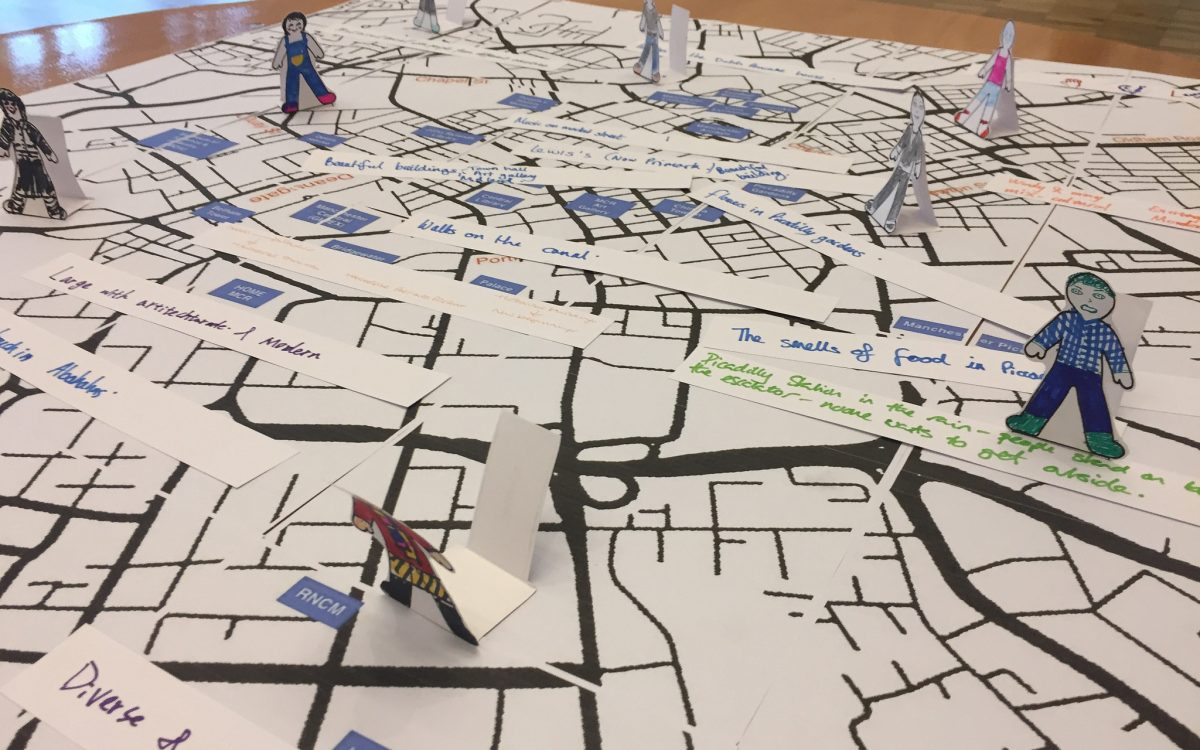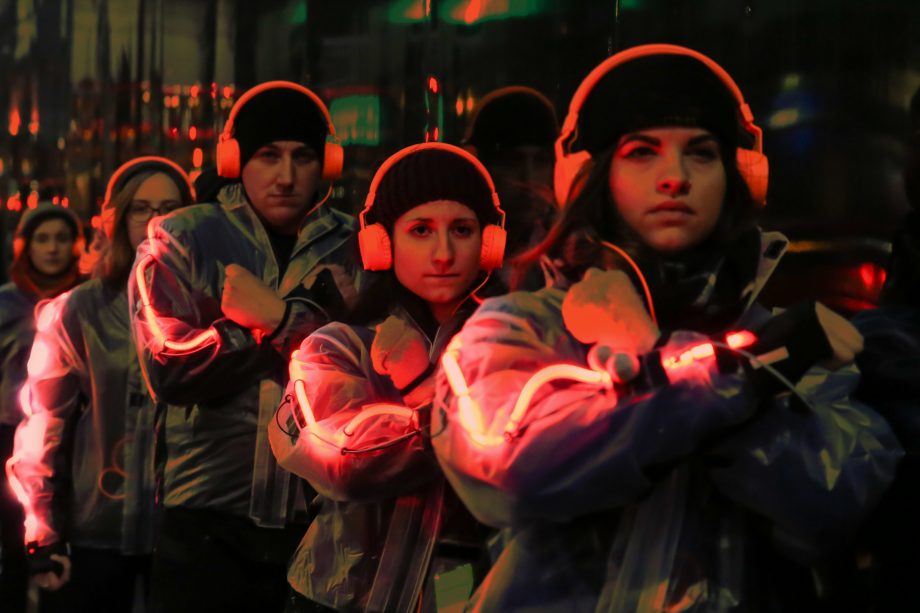When it comes to smart city initiatives, it can be a real challenge to bring complex and invisible IoT networks into focus. One way to overcome this is through art.
Art can enable us to reach out and touch, or interact with, systems and ideas that are otherwise remote and hard to access. Art can engage the imagination in the future of technology, and ask big questions about the potential consequences. And, by engaging the public in concepts and technologies that are not usually easily accessible, art can bridge the gap between engineers (the makers) and citizens (the users).
Many artists are technologists too. Often working at the forefront of technology innovation, these artists can bring a fresh perspective. We developed and produced two art commissions within CityVerve: every thing every time (Naho Matsuda) and SUPERGESTURES (Ling Tan). Both artworks directly contribute to the dialogue between technology, innovation, culture and society.



